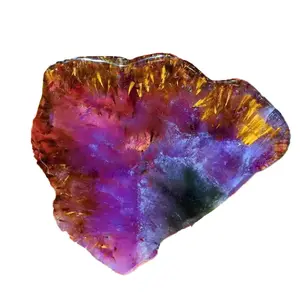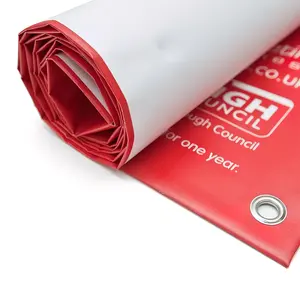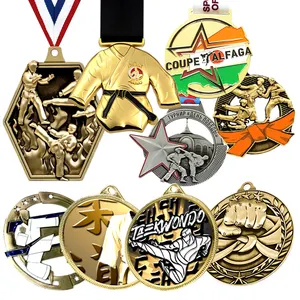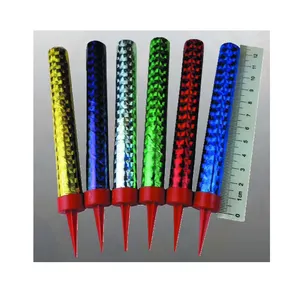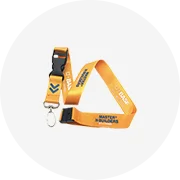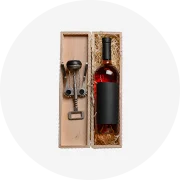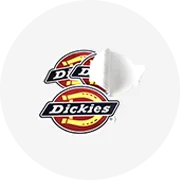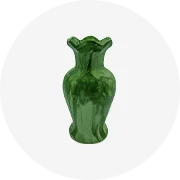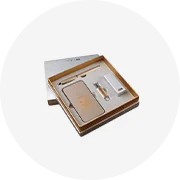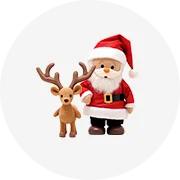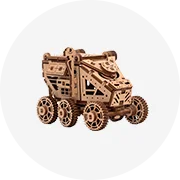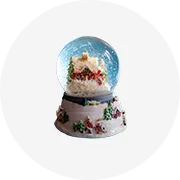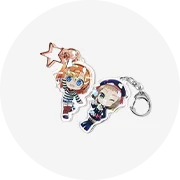Popular in your industry











































































































































































Top categories
About viking model
The viking model moniker refers to a collection of ornamental and collectible artifacts that capture the essence and historical gravitas of the Viking epoch. These items are typically crafted with meticulous attention to detail, reflecting the artistry and creative prowess of the era. They fulfill a variety of roles, from pedagogical instruments to decorative accents that infuse spaces with an air of bygone adventure and heritage.
Types and Characteristics of Viking Models
Viking models are available in a plethora of styles, each boasting distinctive features. From the Resin Danmark souvenir viking aboard its vessel to the Wholesale custom metal craft Iceland Norway souvenir viking boat model, the assortment is extensive. Some take the form of snow globes, whimsically encapsulating Viking ships amidst tempestuous waters, while others, such as the Huaqi GTD05 3D Stereoscopic Silence Pirate Ship Viking Model, are interactive, demanding assembly and providing a tactile experience. These varieties cater to an array of tastes, whether one seeks a stationary showpiece or an immersive endeavor.
Structure and Operation of Viking Models
The architecture of a viking model is a testament to diminutive engineering prowess. A quintessential model may exhibit a meticulously crafted hull, elaborate rigging, and sails that are true to historical designs. For example, manually assembled models feature interlocking components that echo the construction techniques of authentic Viking vessels, offering a window into the resourcefulness of ancient mariners. The functionality of these models, particularly those requiring assembly, is engineered to be user-friendly, enabling even novices to construct a piece worthy of exhibition with diligence and precision.
Materials and Properties
The materials employed in viking models are as diverse as the models themselves. Resin variants offer a light and adaptable substance that can be shaped into intricate details, ideal for models that are both colorful and dynamic. Metal models, conversely, provide heft and a sense of luxury. The selection of materials typically strikes a balance between visual allure and durability, ensuring that each model remains a treasured artifact for the foreseeable future.
Business Usages and Applications
Within the commercial sphere, viking models emerge as distinctive corporate tokens, particularly for entities engaged in historical, educational, or nautical sectors. They also serve as unique decorative elements in hospitality or corporate settings that aim to evoke themes of exploration or historical opulence. The presence of a Viking model in a professional context can symbolize fortitude, adventure, and an homage to traditional craftsmanship, leaving an indelible impression on clients and associates.
Functions and Tasks
The principal role of a viking model is to act as an ornamental tribute to the Viking narrative. Nonetheless, models such as 3D puzzles also possess an educational dimension, aiding in the enhancement of cognitive abilities and providing a hands-on exploration of Viking naval architecture. Moreover, these models can double as historical pedagogical tools, animating the Viking age within academic environments.
Features and Unique Selling Points
Each viking model is distinguished by its own set of unique attributes. Certain models captivate with their historical veracity, catering to purists and educators, while others are fashioned for aesthetic charm. Attributes such as hand-painted embellishments, articulating components, and the inclusion of historical figures in the ensemble can be pivotal for collectors and aficionados.
Benefits and Positive Outcomes
Acquiring a viking model yields manifold advantages. For educators and guardians, it represents a medium that renders the study of history interactive and captivating. For connoisseurs, it fulfills a desire for historical fidelity and visual satisfaction. For enterprises, it acts as an emblem of distinction and a subtle enhancer of corporate identity.
How to Use and Operate Viking Models
The effective utilization of a viking model hinges on its category. Models intended for display should be situated in a location where they can be admired yet remain secure from disturbance. For models that necessitate assembly, adherence to the provided guidelines is essential to ensure a successful construction. The operation of these models is typically straightforward, but a keen eye for detail is imperative to fully realize their historical authenticity and aesthetic merit.
How to Choose the Right Viking Model
Selecting the appropriate viking model involves contemplation of its intended purpose—be it for exhibition, educational purposes, or as a present. Prospective buyers should also weigh the desired level of detail and historical precision, as well as the space allocated for the model's display or storage.
How to Clean and Maintain Viking Models
Preserving a viking model demands a delicate approach. Regular dusting with a soft brush or cloth can maintain the model's pristine appearance. For metal variants, it is crucial to employ cleaning agents that neither corrode nor tarnish the material. Consistent upkeep ensures the model's allure as a captivating centerpiece for years on end.
How to Install Viking Models
Setting up a viking model is generally a straightforward affair. For assembly-required models, preparing a tidy workspace and pre-arranging the components is advisable. For more elaborate constructs, following the sequential instructions is vital for a successful installation.
Target Audience and Meeting Needs
The intended demographic for viking models spans history enthusiasts, educators, collectors, and business professionals in search of singular décor. Each model is crafted with the preferences and requirements of these varied audiences in mind, ensuring a Viking model exists to suit every inclination and objective.
What are the most popular themes for Viking models?
Popular themes for viking models encompass home decoration, national pride, and assorted cultural motifs. Folk art and antique imitation styles are particularly in demand, as they convey a sense of authenticity and a connection to historical allure.
How can Viking models be incorporated into educational settings?
Viking models can be integrated into educational contexts as tangible aids that animate historical narratives. They facilitate lessons on the Viking epoch, shipbuilding techniques, and the Vikings' cultural legacy. Models that are accurate depictions are especially valuable in crafting immersive and interactive educational experiences.
What should be considered when displaying Viking models in a business environment?
When situating viking models within a professional milieu, it is crucial to consider the ambiance and aesthetic of the space. Models should augment the environment and be showcased in a way that accentuates their artisanship and historical significance, all while upholding a professional atmosphere.

